|
Time.University
Welcome to Benji Bear and Friends' Time Mathematics websites.
Although we have been formally involved in the study of ultimate reality since 2000,
March 2015 is when the decision was made to concentrate on Time Travel mathematics
and related studies of the nature of Time in Modern Physics.
As time progresses we hope to expand our project and get assistance from readers (like yourself), to help build our knowledge and resources.
We eventually plan to have two main websites:
Time.University which will focus on the more abstract aspects of time arising from Quantum Teleportation, Quantum Histories, Virtualism, Philosophy etc.
We have a version of our Time.University site hosted with Wix.com.
We may link this to Wix.Time.University while we decide whether to host our main site with Wix.com.
Currently we have the site linked to TimeScience.TV
SpaceTime.University will focus on Einstein's Spacetime Relativity, Multi-Time Physics,
Loop Gravity, M-Theory and other Multi-Dimensional models.
Please email info@time.university to get involved.
We are usually keen for contributions or questions that may add to our research and web activities. Email info@Time.University
Time Theorists
There are many people who are interested in time research or have helped develop our modern understandings of time. Here (in no special order) are some of them:
| Graham Partis is the editor of Time.University.
Graham is a theoretical sciences enthusiast who has been interested in multi-dimensional physics since around the age of nine or ten when he postulated that ten space dimensions and two time dimensions might improve Einstein's 4D Spacetime math. Around 2012 Graham was invited to join Phil Dowe's Philosophy of Time masterclass discussion group held at University of Queensland. |
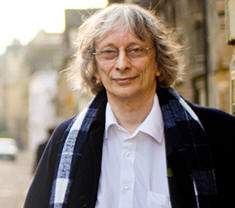 |
David Deutsch has been described as the inventor of Quantum Information Logic. From readings and conversations we have had with David via email we gather that David is an expert on Godel Time Loops. |
| |
Sean Carroll seems to believe that the direction of time's arrow is determined by the direction of entropy. Time goes in the direction where eggs break rather than unbreaking. |
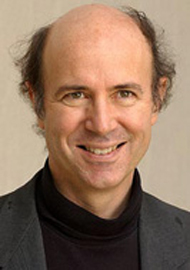 |
Frank Wilkzek is a Noble physicists.
Frank is into spacetime crystals. |
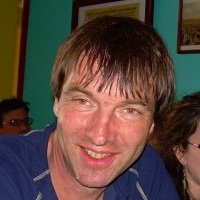 |
Frank Arntzenius has written some papers related to time E.g. "Causal paradoxes in special relativity", British Journal for the Philosophy of Science 41 (1990), pp 223-243. |
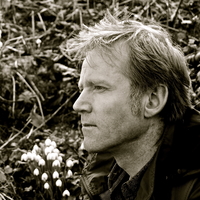 |
Rognvaldur Ingthorsson
Valdi has a particular interest in McTaggart's Paradox which questions the reality of Time. Time of course is something that is very real to us but asking the question whether Time or our universe is as real as it seems opens up some interesting ideas. One such idea is Virtualism where we assume our existence is a fiction of sorts where undecided or unspoken aspects of the past can be made up or influenced. |
 |
Stephen Hawking is perhaps the most well known living scientist. Stephen suggests that time may travel in reverse where spacetime is shaped like a saddle. He seems to disagree with some of Kip Thorne's ideas about the possible role of antigravity substances creating negative energy to enable paradoxical time travel. Stephen jokingly suggested that Paradox Police seem to police the laws of physics to avoid paradoxes. |
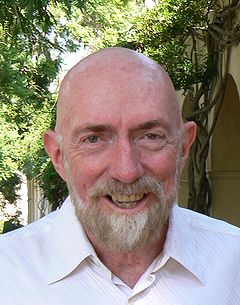 |
Kip Thorne is the scientist behind the movie Interstellar. We understand Kip Thorne and Stephen Hawking have researched together, and have been long time friends. We heard that Kip wrote a paper suggesting that paradoxical time travel may be impossible without exotic antigravity antimatter or some other source of negative energy. |
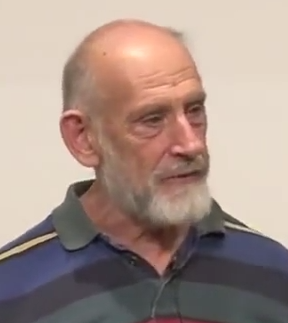 |
Leonard Susskind is perhaps as famous for his excellent video lectures as he is for his groundbreaking work in Superstring Theory.
Leonard's lectures cover Spacetime, Arrow of Time, and many other topics. |
| |
Michio Kaku is often seen on the web, and TV science documentaries about time travel, black holes etc. |
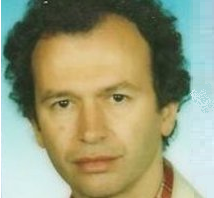 |
George Rajna wrote a paper about how Time emerges from Quantum Entanglement. |
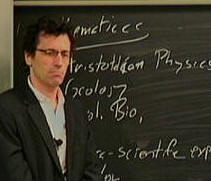 |
Steven Weinstein is a researcher in multi-time physics. E.g. QFF (quantum field theory) models involving two time dimensions. |
Milen Velev is a Two-Time researcher referenced by Itzhak Bars.
|
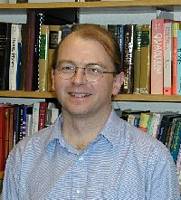 |
 Seth Lloyd is is a leading quantum commuting theorist. Seth Lloyd is is a leading quantum commuting theorist.
We understand Seth tried to send an electron back in time to destroy itself. We recently saw a web article saying Seth sent a photon back in time. Seth and David Deutsch have debated ideas related to mathematics of Kurt Godel's Time Loops.. |
NB: Although some of the people listed on this site have been interviewed by developers of this site, others may only be known to us via "friends of friends" or by their body of work.
 http://www.quora.com/Is-time-travel-possible-20
http://www.quora.com/Is-time-travel-possible-20
First published Thu Feb 17, 2000; substantive revision Wed Dec 23, 2009
Time travel has been a staple of science fiction. With the advent of general relativity it has been entertained by serious physicists. But, especially in the philosophy literature, there have been arguments that time travel is inherently paradoxical. The most famous paradox is the grandfather paradox: you travel back in time and kill your grandfather, thereby preventing your own existence. To avoid inconsistency some circumstance will have to occur which makes you fail in this attempt to kill your grandfather. Doesn't this require some implausible constraint on otherwise unrelated circumstances? We examine such worries in the context of modern physics. Physics (Stanford Encyclopedia of Philosophy)
Sponsors / Supporters
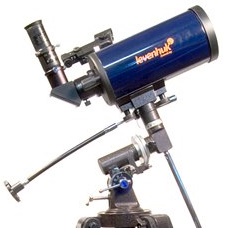 |
Levenhuk Telescopes Levenhuk company is a major American manufacturer of optical devices and instruments such as microscopes, telescopes, binoculars and accessories. The company is headquartered in the Tampa. We have heard good things about their telescopes so please check out their website. Email info@time.university or say we sent you and you may get lucky with a special deal.
|
| |

|
Blurbs about Time
Random articles etc. which touch on the nature of Time..
 |
|
|
|
|
|
https://en.wikipedia.org/wiki/Multiple_time_dimensions
|
by Geoffrey Lee | Bookmarked by Sthaneshwar Timalsina I argue against the idea that the stream of consciousness exists within a dimenson of "phenomenal time" that provides a measure of how long an experience feels subjectively. I argue that this view conflicts with my preferred Atomistic view of temporal experience (defended in "Temporal Experience and the Temporal Structure of Experience"), and that attempts to reduce phenomenal rate of passage to other measure on the stream, such as measure of how much information is flowing through conscious awareness, do not succeed. I hold that temporally extended experiences only have subjective duration... |
|
| DownloadBookmark |
Relativistic Mechanics in Multiple Time Dimensions
Authors: Milen V. Velev
Comments: 36 pages, 6 figures. This article appeared in Physics Essays, Vol. 25, No. 3 (2012) 403-438.
Download: PDF

Panel discussion on Time.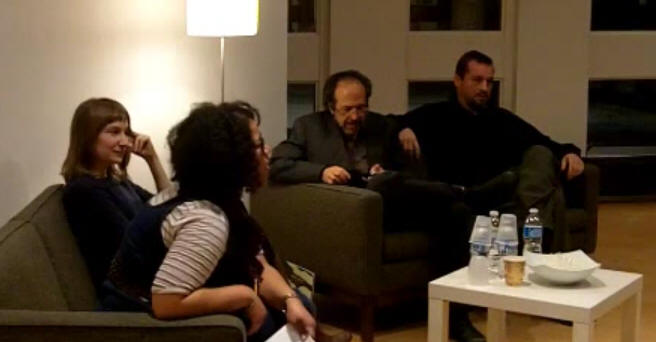
https://www.youtube.com/watch?v=AVONhrM9oP0
[PDF]Cauchy problem in spacetimes with closed timelike curves
Emergence of Time experiment article.
This article describes anexperiment suggesting time ticks as a esult of entanglement?
Time from quantum entanglement: an experimental illustration
(Cornell University Library 17 Oct 2013)
| Gary Zabel University of Massachusetts, Boston, Philosophy, Faculty Member |
|
The Crystals of Time: Virtuality, Temporality, and Sense after Deleuze Preface to a book I am currently writing. |
| VIEW PAPER |
History of Benji's TOE & Time University.
Our chief editor (Graham) mostly speaks for Benji but others also speak on the teddy bear's behalf. As we all know teddy bears don't always type very well.
Benji Bear and Friends includes members from various disciplines but space development
and ultimate reality research are major areas of the interests of many of our members and associates.
BenjiBear.com was originally purchased to make a website for a teddy bear collection.
The site benjibear.com and the name Benji Bear was used to post teaching resources
and other web based activities of the website owner (Graham P).
Graham was interested in space colonization and multi-time physics, in the early 70's.
Unfortunately (without the internet) it was difficult to find good information and mentors before the internet was invented.
In 2000 (on a dare) Graham approached University of New England in New South Wales, Australia to get help writing a paper on quantum physics.
At the time Graham had little understanding of what quantum physics was
and little formal background in physics but UNE eventually offered to help.
This was the birth of our Benji's TOE project that we previously hosted on BenjiBear.com.
In March 2015 Graham was able to obtain the web names Spacetime.University and Time.University. Graham's parents supposedly met at an April Fool's Day dance, so early April seemed a good time to launch the new project.
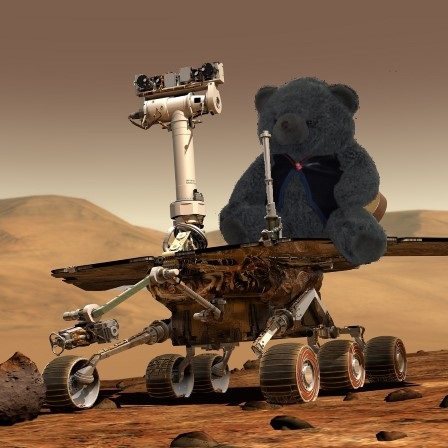


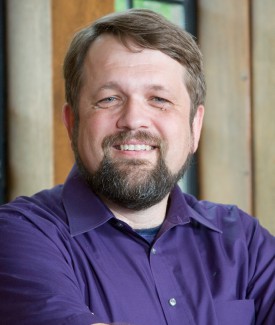
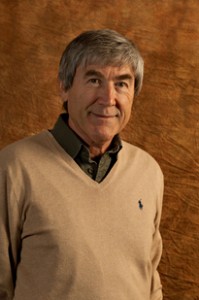

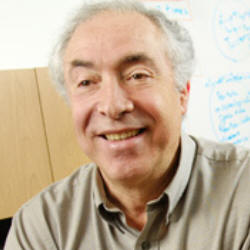

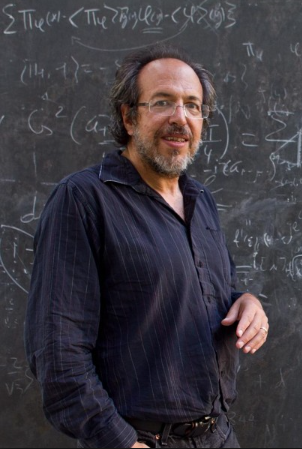
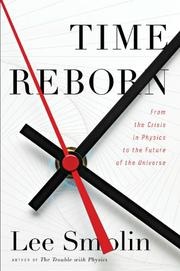

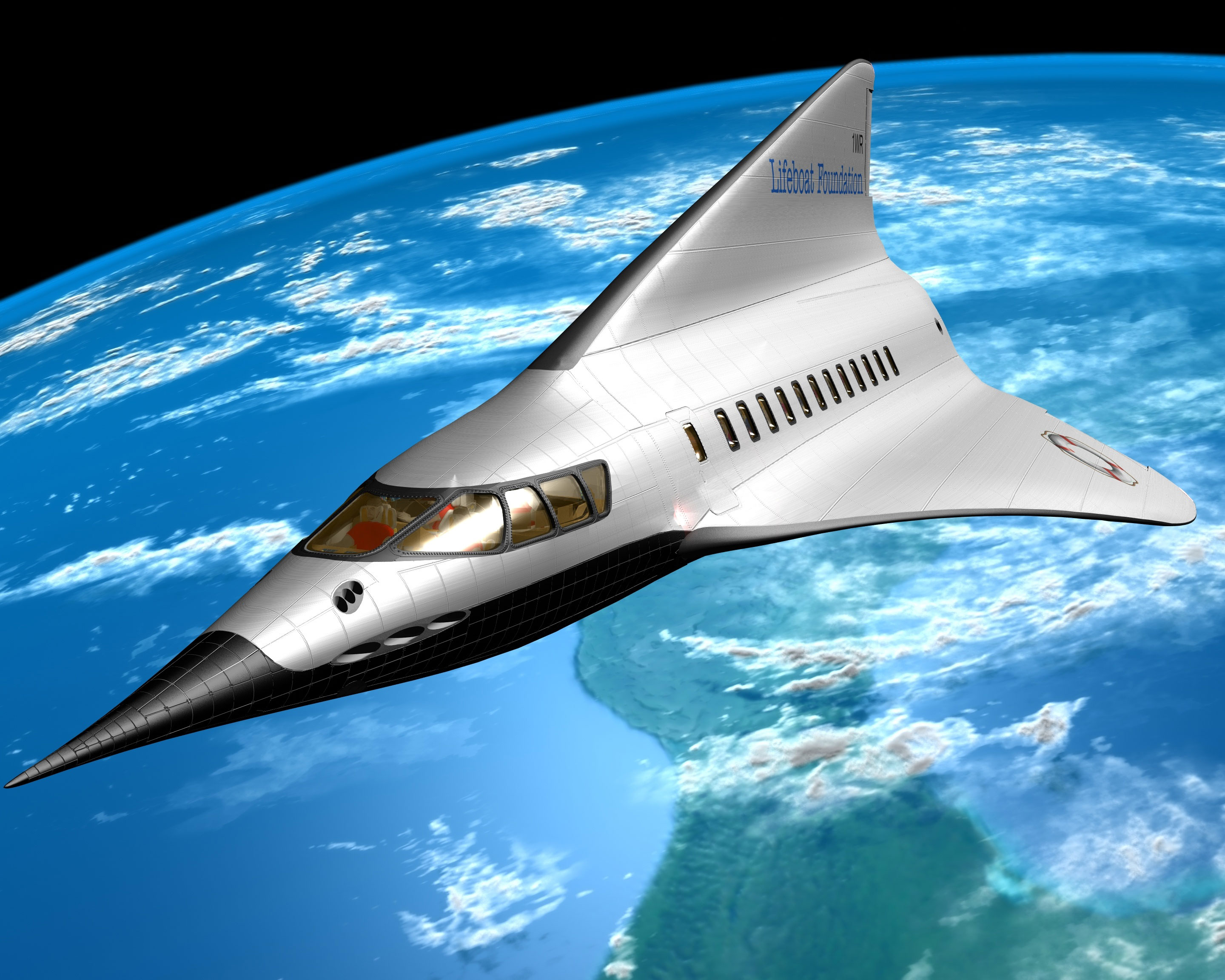



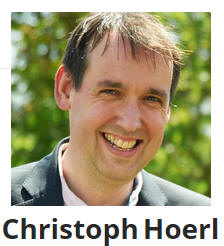

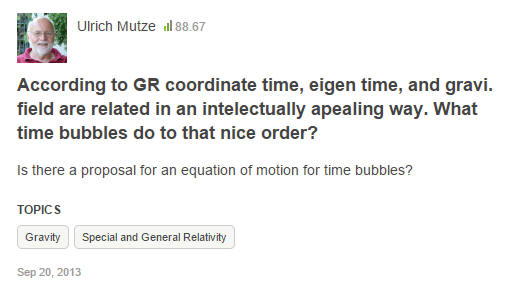

Can Quantum Computing Reveal the True Meaning of Quantum Mechanics? - The Nature of Reality �...
pbs.org�Quantum mechanics says not merely that the world is probabilistic, but that it uses rules of probability that no science fiction writer would have had the... Comment.
Graham P: Quantum aspects of modern physics show that the universe appears lumpy, digitized or otherwise discrete, but with an underlying fuzzy logic where truth states of Boolean (yes or no) questions have probabilistic values. It seems our world is somewhat like a continuous (complex numbered) analogue world that is projected on to a discrete or digital projection that we experience. In some ways this is similar to digital renders in 3D Virtual Reality games, but the logic involved is more like that run on theoretical quantum computers. To some this suggests our world may be a VR world run on a futuristic quantum computer. I suspect the process may be more natural but still have many similarities to a virtual rather than a real world. Thus causing the idea of our world being a virtual quantum simulation as a useful analogy.
"A Big Bang creation event is no longer necessary" https://www.linkedin.com/grp/post/6533925-6019916759111389187